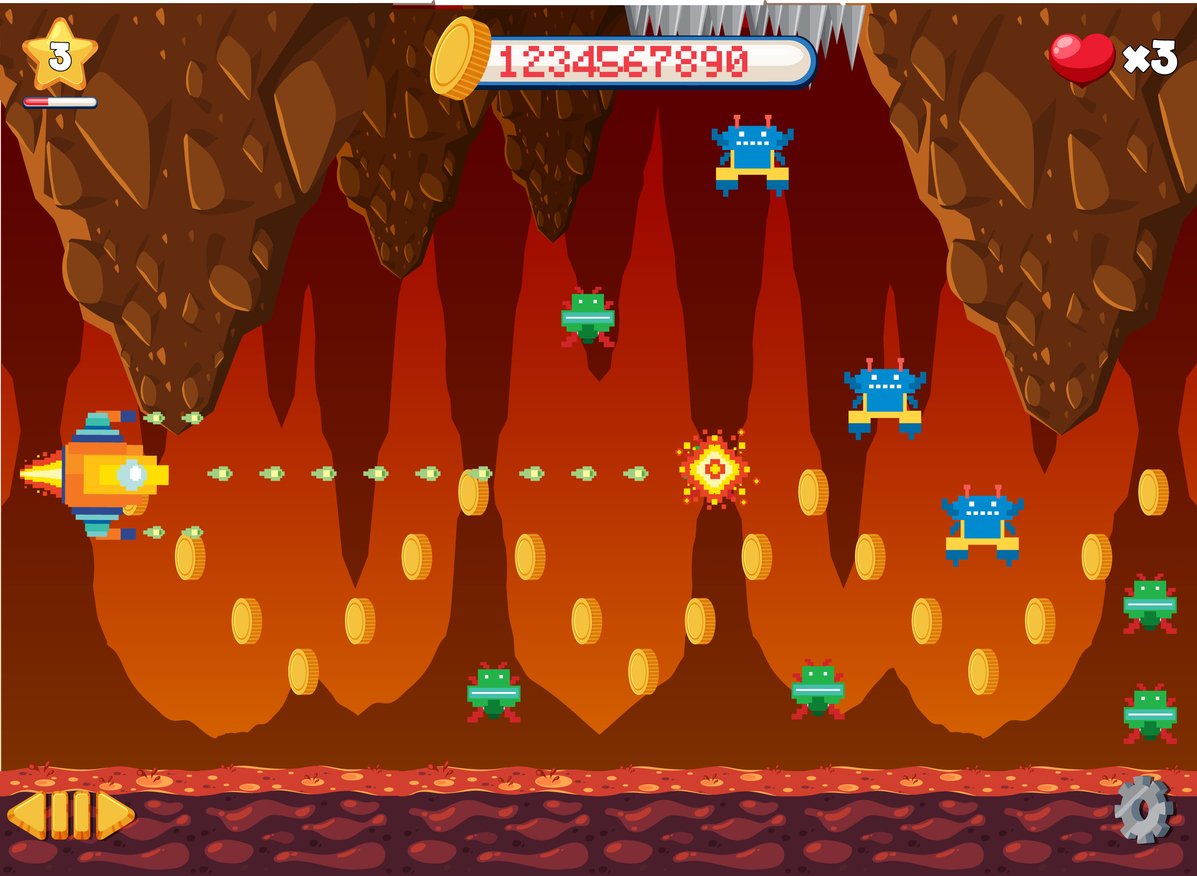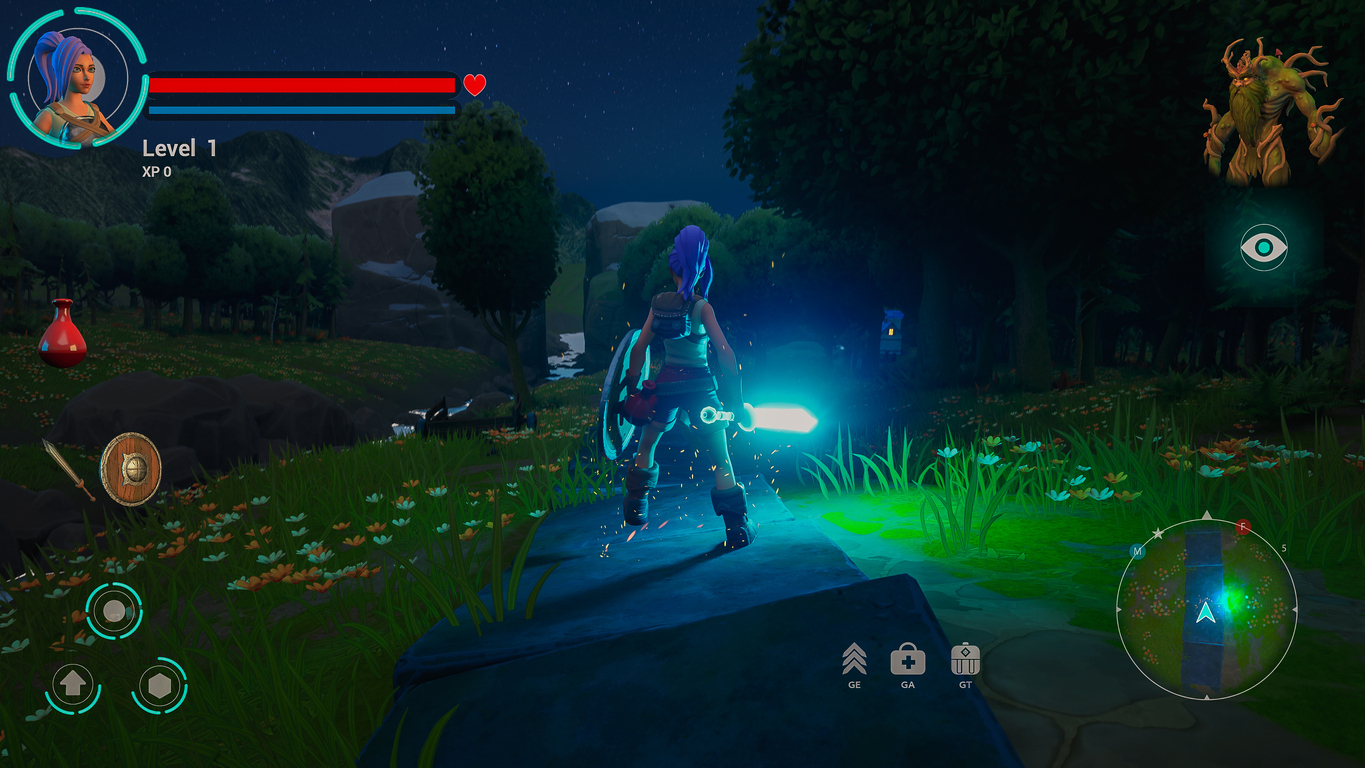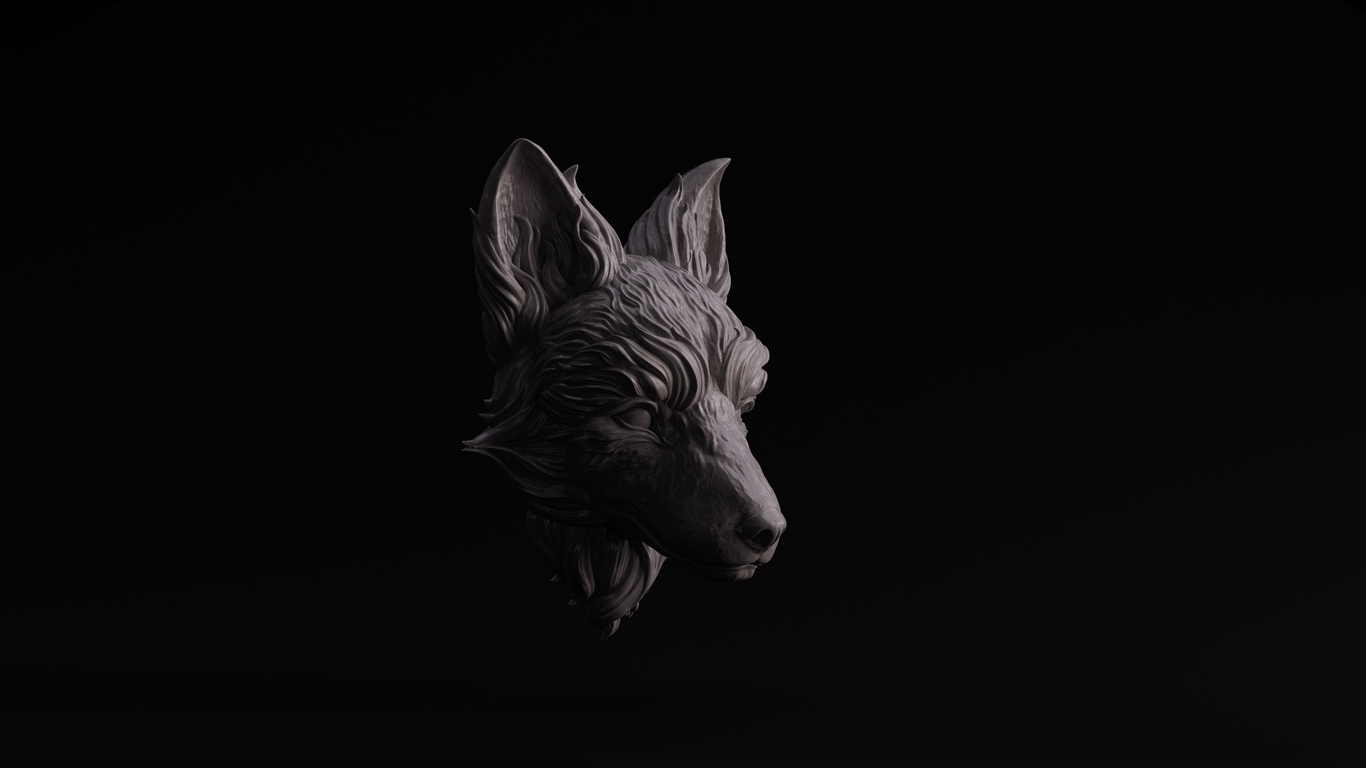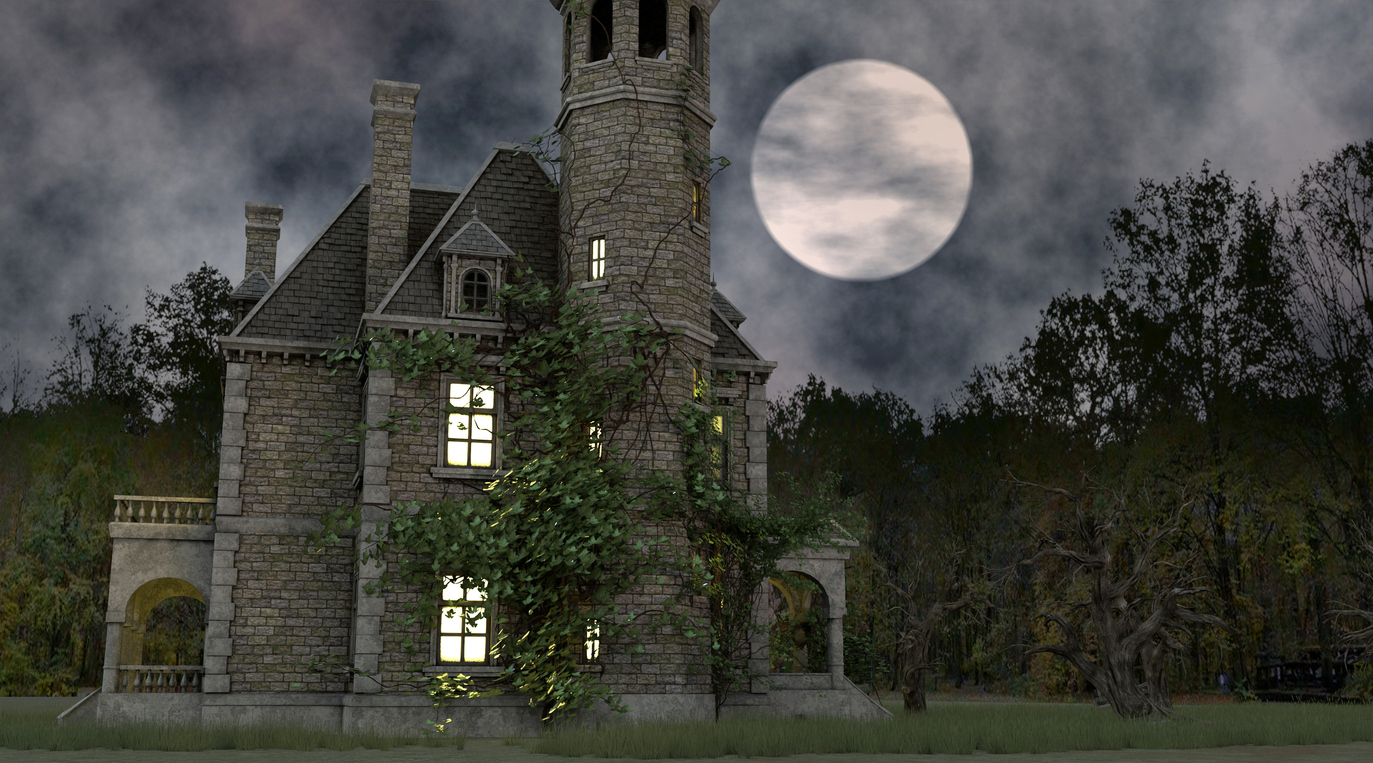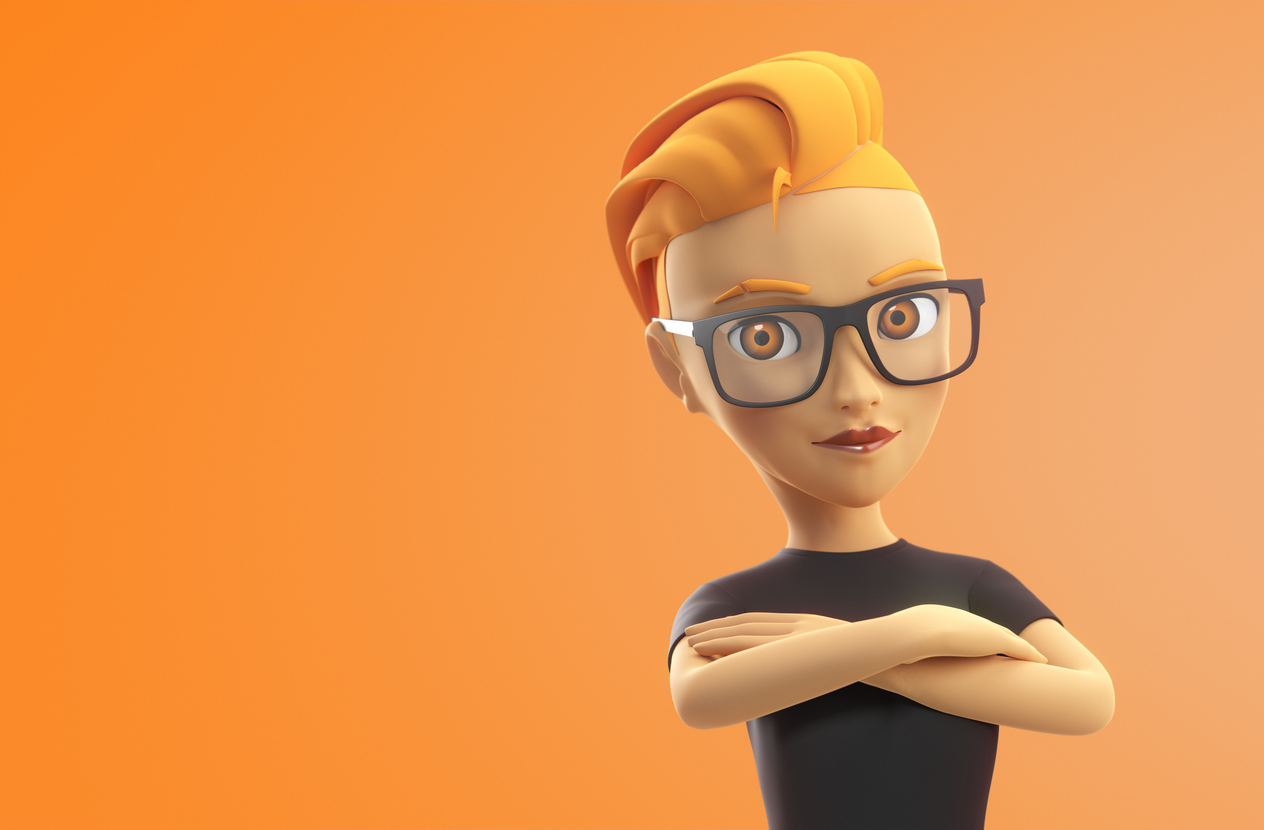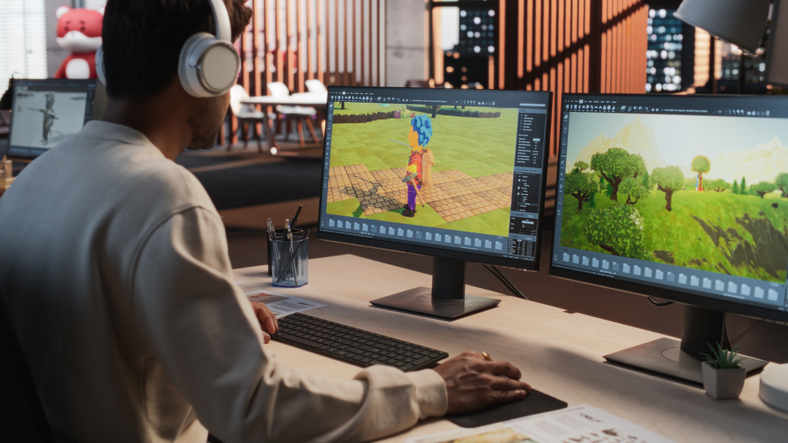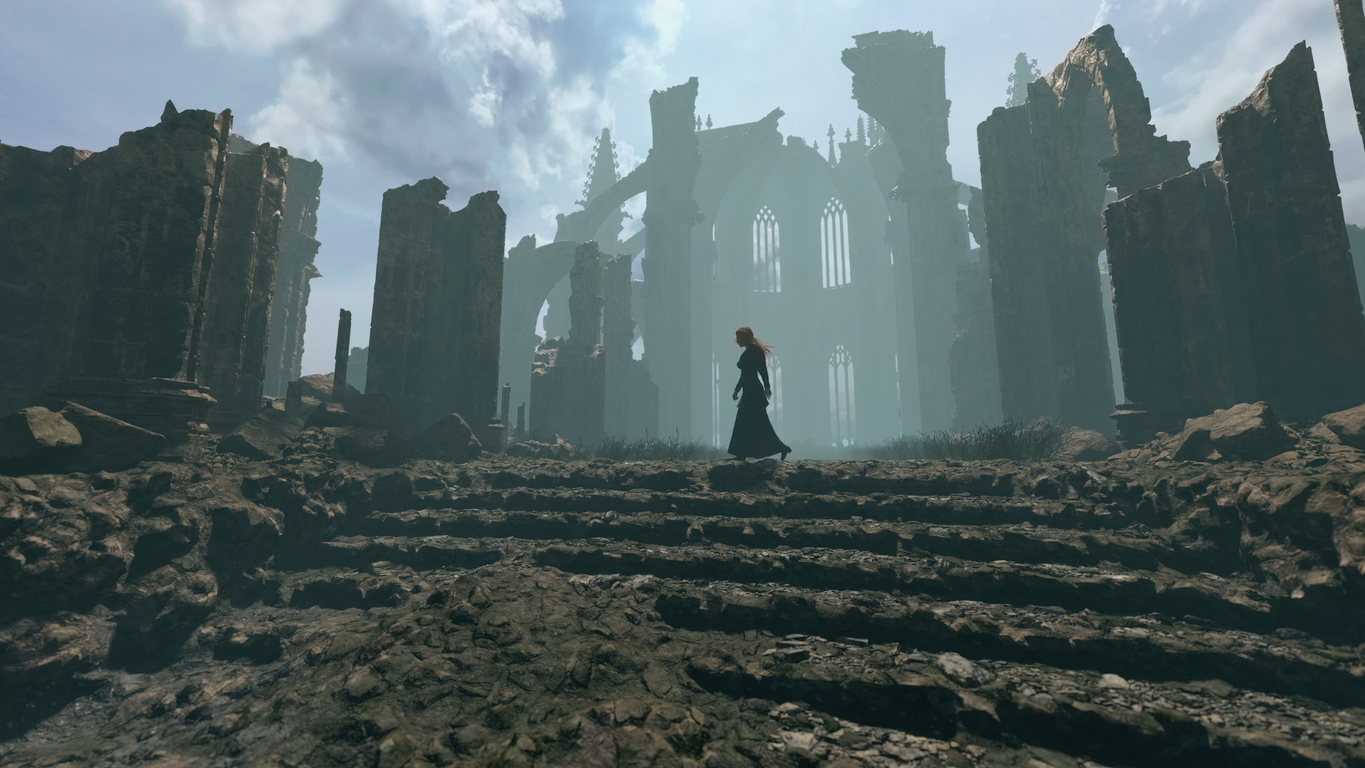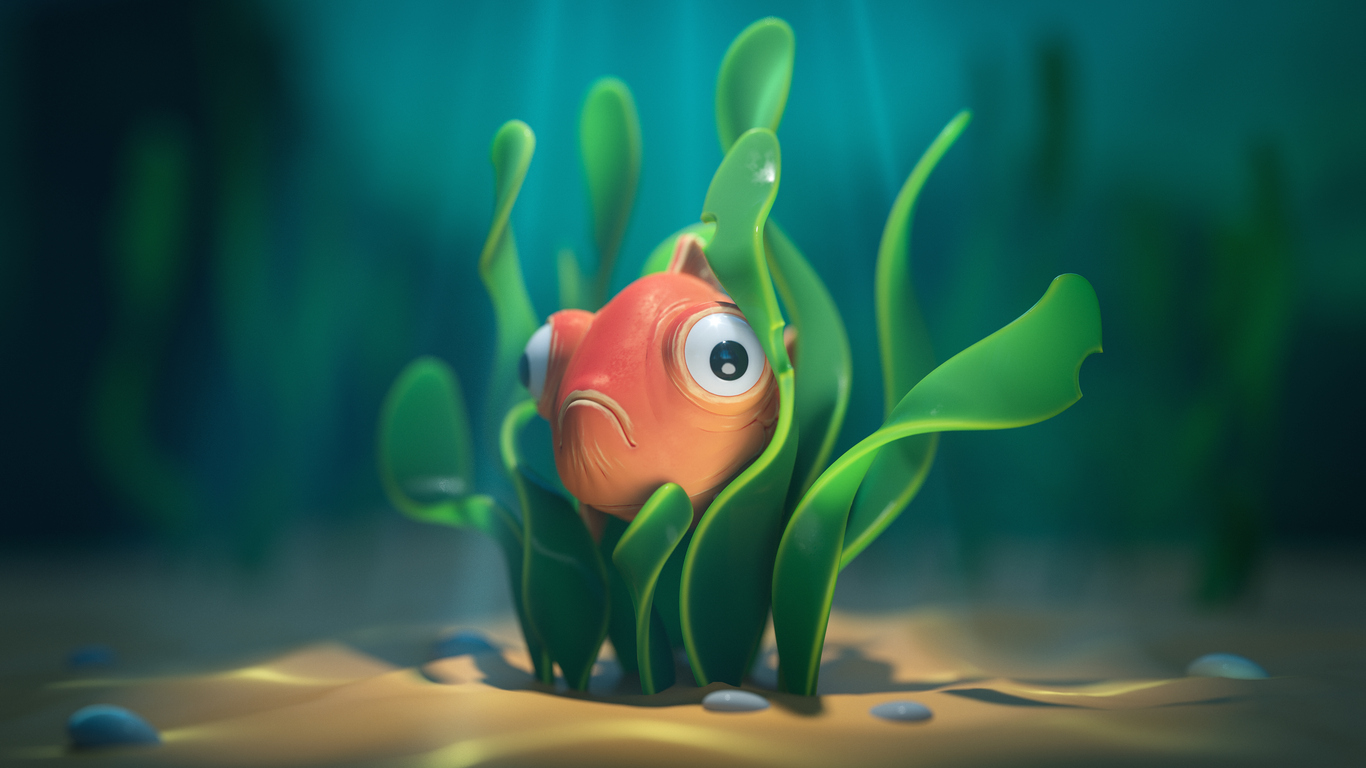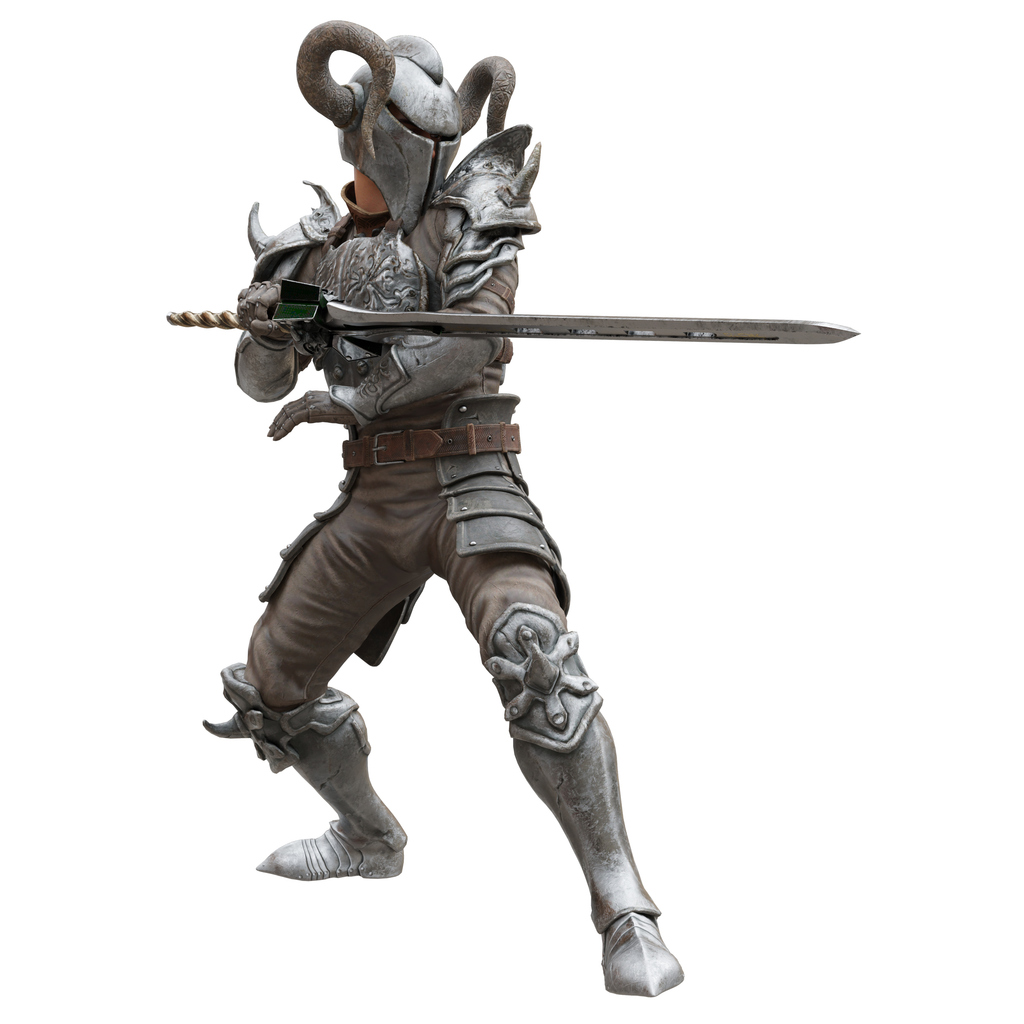Have you ever played a video game and thought, “I wish I could make something like this”? The good news is you can. Game development and Design are no longer limited to huge studios. With the right tools, guidance, and creativity, beginners can build games from scratch. And one of the best ways to start is by learning how to program a game in Python for beginners.
Python is one of the easiest programming languages to learn, but don’t let that fool you. It is also powerful enough to build real games, prototypes, and interactive experiences. If you’re curious about game development or considering a future in the gaming industry, this guide will walk you through exactly how to get started from writing your first text-based game to creating simple 2D games with graphics. By the end, you’ll have a clear roadmap of how to begin building games in Python and how to take your skills to a professional level if you want to turn your passion into a career.
What is Python?
Python is a high-level programming language known for its clean, readable syntax. It’s used in web development, automation, data science, artificial intelligence, and yes game development. Why do so many beginners start with Python?
- It reads like English
- It handles complex tasks with fewer lines of code
- It has a massive community, tutorials, and resources
- It works on Windows, Mac, and Linux
- It comes with powerful libraries that make development easier
Think of Python as a friendly toolbox. Even if you’ve never coded before, you can quickly understand how it works and start building projects right away.
Why Python is Used in Developing Games and Its Benefits
If Python isn’t the fastest language in the world, why is it still so popular in game development? Because learning to design and build a game is more about creativity, logic, and problem-solving than raw performance. Python gives beginners a gentle learning curve and still supports advanced features as your skill grows. Here are the main benefits:
1. Easy to Learn
Python’s simple syntax makes it beginner-friendly, which means you can focus on game mechanics instead of confusing code.
2. Great for Prototyping
Even big studios use Python for quick prototypes to test ideas before building full games in engines like Unreal or Unity.
3. Powerful Game Libraries
Libraries like Pygame, Arcade, and Panda3D allow you to build 2D and even 3D games with graphics, sound, and animation.
4. Strong Community Support
There are endless tutorials, forums, documentation, and open-source projects to learn from.
5. Prepares You for Real Game Development
Python teaches core programming and game design logic that transfers to bigger engines and languages later.
In short, Python gives you the perfect starting point: simple to learn but powerful enough to build something real.
How to Program a Game in Python for Beginners
Let’s get practical. Here is a beginner-friendly path to creating your first games in Python, starting simple and building step-by-step.
Step 1: Install Python and Choose an Editor
1. Go to python.org and download Python.
2. Install it (make sure “Add Python to PATH” is checked).
3. Choose a code editor. Some great beginner options:
- VS Code (most popular)
- PyCharm
- Thonny
- IDLE (comes with Python)
Once installed, you’re ready to code.
Step 2: Start with a Simple Text-Based Game
Before graphics, start with a text-based game. It teaches input, variables, loops, and conditions for all core programming skills. Let’s build a number guessing game:
import random
number = random.randint(1, 100)
guess = None
while guess != number:
guess = int(input("Guess a number between 1 and 100: "))
if guess < number:
print("Too low!")
elif guess > number:
print("Too high!")
else:
print("You got it!")
This tiny game already includes:
- Randomness
- User input
- Loops
- Conditionals
This is the foundation of every game.
Step 3: Move to Pygame for Graphics
Once you understand logic, it is time to see something on the screen.
Install Pygame:
pip install pygame
Pygame lets you:
- Open a window
- Draw shapes and images
- Detect keyboard input
- Play sound
- Build animations
Step 4: Understand the Game Loop
Every game, from Pong to Fortnite, uses a game loop. This loop runs many times per second and controls everything. The game loop does four things:
- Process input
- Update the game state
- Draw everything
- Control the frame rate
Here is the simplest Pygame window:
import pygame
pygame.init()
screen = pygame.display.set_mode((500, 500))
running = True
while running:
for event in pygame.event.get():
if event.type == pygame.QUIT:
running = False
screen.fill((0, 0, 0))
pygame.display.flip()
pygame.quit()
This is the skeleton of every Pygame project.
Step 5: Add Movement and Interaction
Let us draw a rectangle and move it with arrow keys:
import pygame
pygame.init()
screen = pygame.display.set_mode((500, 500))
x, y = 250, 250
speed = 5
running = True
while running:
for event in pygame.event.get():
if event.type == pygame.QUIT:
running = False
keys = pygame.key.get_pressed()
if keys[pygame.K_LEFT]:
x -= speed
if keys[pygame.K_RIGHT]:
x += speed
if keys[pygame.K_UP]:
y -= speed
if keys[pygame.K_DOWN]:
y += speed
screen.fill((0, 0, 0))
pygame.draw.rect(screen, (255, 0, 0), (x, y, 50, 50))
pygame.display.flip()
pygame.quit()
Now you have animation, input, and rendering. From here, you can add collisions, enemies, a score system, sound effects, and more.
Step 6: Build Your First Full Mini-Game
Great beginner projects to try:
- Pong
- Snake
- Tic Tac Toe (with Python or Pygame)
- Simple shooter
- Platformer
- Breakout/Brick game
Each one will teach you game design and programming patterns that are used in professional games.
Step 7: Keep Improving
Here are the keys to success:
- Start small
- Add one feature at a time
- Test often
- Look at other people’s code
- Learn how real games are structured
- Practice consistently
Game development is a mix of art, logic, storytelling, and problem-solving. The more you build, the better you get.
Learn Game Development and Design with VCAD
Python is a great start, but if you want to take your skills to a professional level, build a polished portfolio, and work in the gaming industry, structured training can make an enormous difference. That is where VCAD’s Game Development and Design Diploma comes in. This program is built for people who love games and want to create them, not just play them. Here is why it stands out:
Learn Real Industry Skills
You will master:
- Game mechanics and theory
- Level design
- Character and environment modeling
- Animation
- Storytelling and production
- Programming with Python and other languages
- Game engines like Unreal
Train with Industry Software
You will work with the same tools used by professional studios:
- Maya
- ZBrush
- Houdini
- Unreal Engine
- Substance Painter and Designer
- Adobe Photoshop and After Effects
- Python scripting
Build a Professional Portfolio
By graduation, you will have a portfolio of finished game assets, prototypes, animations, and design pieces to show employers.
Flexible Online Learning
The program is available online with an autonomous learning model, so you can learn at your own pace while still getting mentor support and live feedback.
Certified and Recognized
The diploma is certified by the Registrar of the Private Training Institutions Regulatory Unit (PTIRU) in British Columbia, ensuring quality and credibility.
If your goal is to build a career in game design or development, VCAD gives you the training, tools, and portfolio you need to break into the industry.
Final Thoughts
Learning how to program a game in Python for beginners is one of the most rewarding ways to start your journey into game development. Python lets you begin with simple text-based projects and then transition into 2D games with Pygame without feeling overwhelmed. Start small. Build something simple. Learn by doing it. Every line of code teaches you something valuable. And when you are ready to go from hobbyist to creator, from beginner to professional, VCAD’s Game Development and Design Diploma can help you turn your passion into a real career.
Your first game might be a simple rectangle moving across the screen. Your next one could change your life.
Ready to press start?
